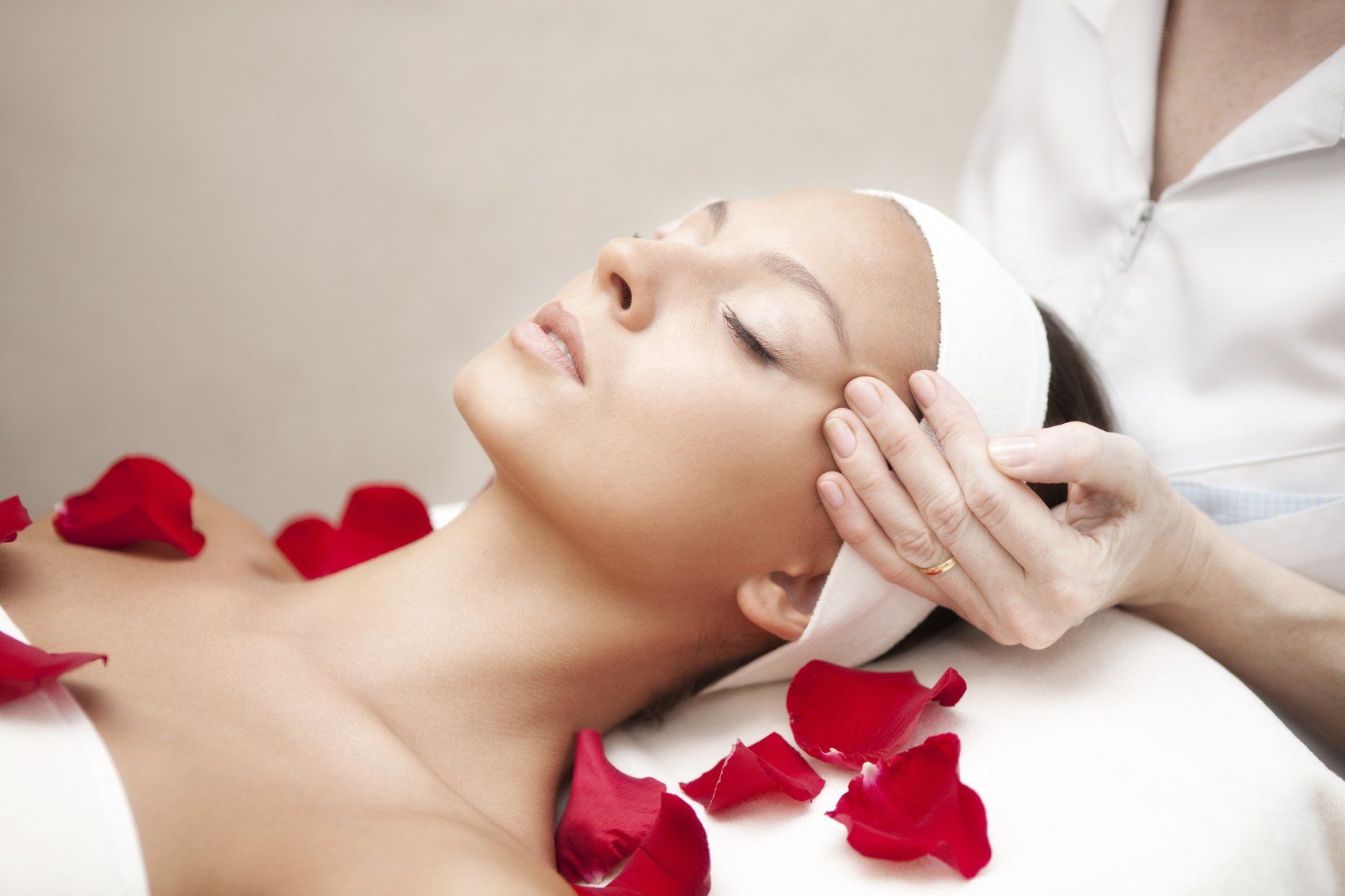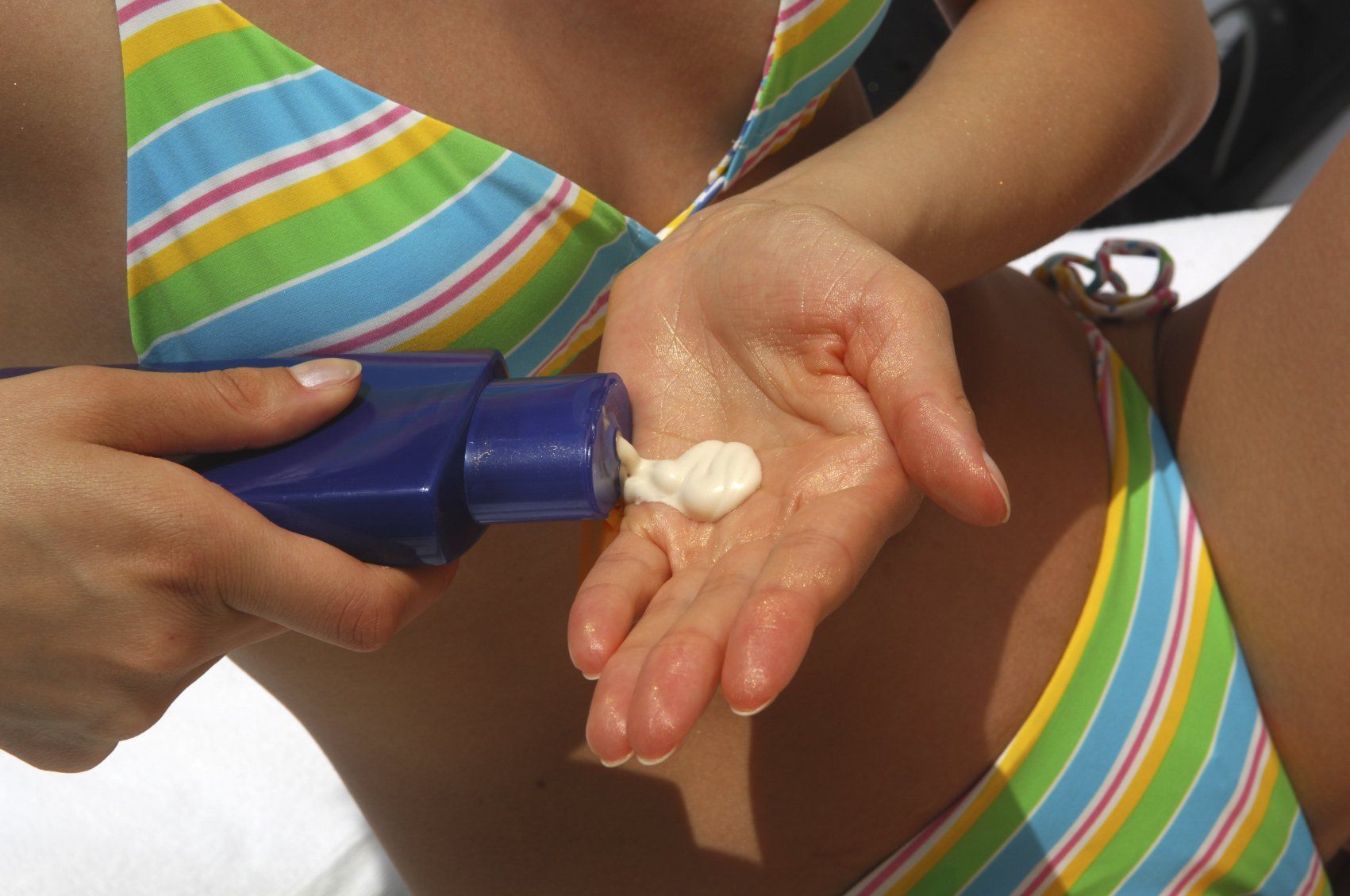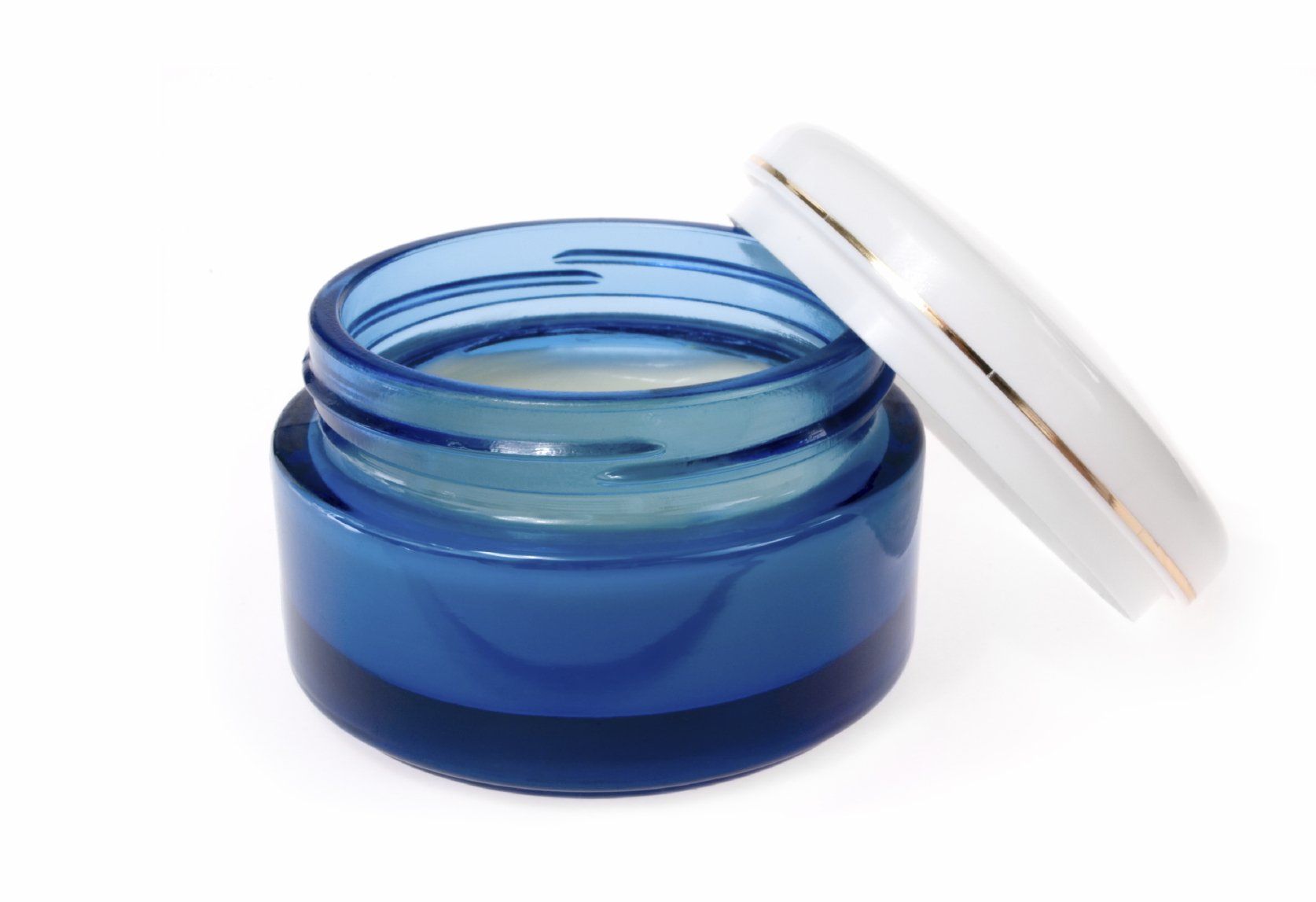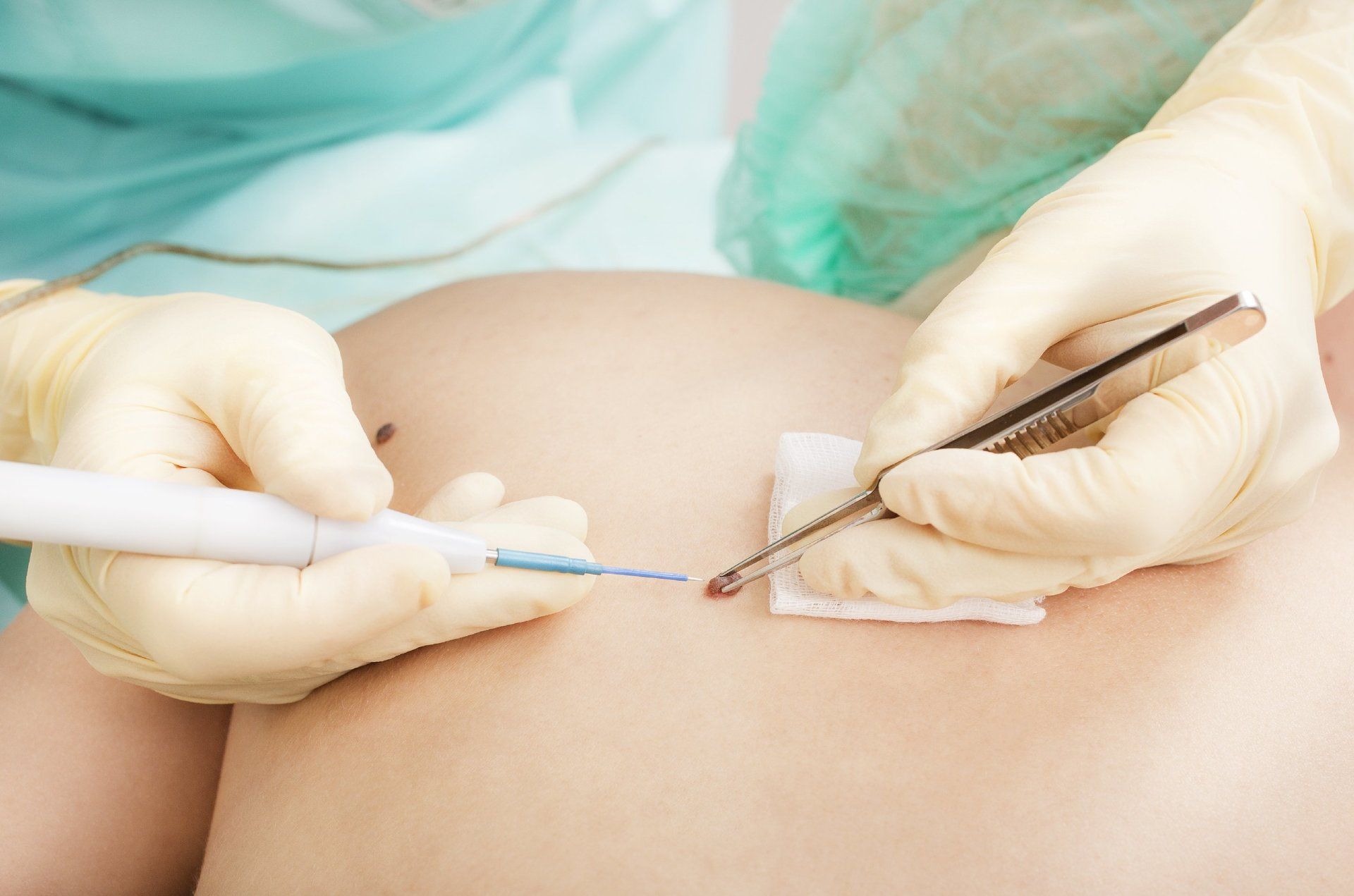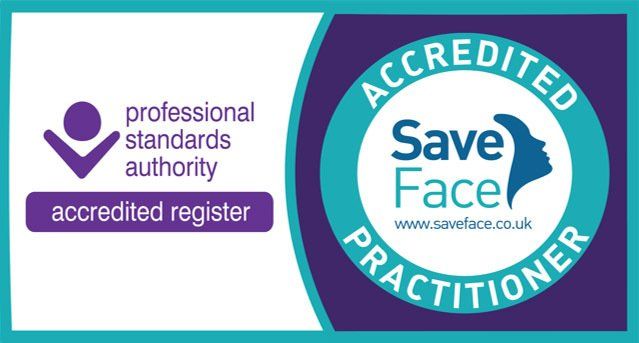Facial ageing process
Facial changes associated with ageing

Everyone knows wrinkles, fine lines, and saggy skin are a normal part of life. We recognise these signs as symptoms of ageing, and nowhere are they more apparent than on your face. As we grow older, our faces begin to change. Essentially our faces age in a predictable pattern, although the rate and extent of visible ageing varies considerably from one individual to another.
So what is the facial ageing process?
Facial changes associated with ageing
Growing older (and wiser) causes your facial anatomy to go through a number of visible changes. A loss of collagen and a decrease in bone density can cause your facial proportions to shift.
Age causes certain changes at different levels of the face.
A useful way to think of the face is to visualise that our faces are made up of different layers – much like a bed is made up of a base bed frame, middle layers of the mattress and duvet, and the bedlinen on top.
Our facial bones are like the bedframe of our face, giving the deep foundation and support to the tissues above, whilst facial fat pads and facial musculature act like the ‘mattress’ of the face, giving it structure and firmness.
On top of the mattress layer sits our facial ‘duvet’ – the deep and superficial dermal layers of the skin responsible for giving our skin its plumpness and smoothness. The top layer of our skin is the epidermis which, like the bedlinen on our bed, benefits by being of a good quality. The overall appearance of our ‘bedlinen’ reflects on how well the ‘bed’ is made underneath.
So, how does our facial ‘bed’ change with time and what is the facial ageing process?
Loss of Volume:
Our facial skeleton does not remain the same throughout our lives. We lose bone in certain areas, such as the eye sockets, the angle of the jaw and the nose area. Teeth can wear down and be lost which also contributes to the lack of base support. These gradual changes mean that our facial ‘bedframe’ shrinks naturally with age causing the ‘mattress’ layer to drop with it.
Our facial ‘mattress’ also changes. The facial fat pads move and separate, we lose padding in some areas such as the cheek and gain extra padding in other areas such as the jowl.
The dermis of our skin and the fat below it loses volume too, so that our once full, plump winter-weight ‘duvet’ becomes more like a thin summer blanket.
The loss of tissues can also cause the face to appear sunken.
Increased Skin Laxity:
The muscles and fascia (supportive tissue) that holds our face in place begin to weaken. This leads to sagging skin and a loss of definition. This is a bit like the springs going in our ‘mattress’ causing sagging and slumping.
Sagginess that reaches the jawline and under the chin is commonly called jowls.
When the sag occurs around the eyes and forehead, you begin to look to others like an older, more exhausted version of yourself.
Dermal Changes:
Deep down at the cellular level, biological processes begin slowing down, which can change your skin’s colour and level of elasticity. These changes make their appearance at the surface layer of our skin meaning that our ‘bedlinen’ can appear stained, creased, or rough in texture.
Scientists aren’t entirely sure why our faces change as we age and why some people change more rapidly than others, although they do have theories.
Some experts think that facial changes in the soft tissues are caused by the pull of gravity over time, Others attribute the descent of tissues to be based on the natural phenomenon of bone resorption.
Why do some people seem to age visibly faster than others?
We do know that factors such as genetics, lifestyle habits like smoking, and excess sun damage can accelerate facial ageing.
Let’s look at all the things we do know about facial ageing, and how it’s possible to help you look younger in a natural way by using aesthetic techniques designed to target different layers of the face where ageing takes place.
What Factors Contribute to Facial Ageing?
Sun Damage
Sunlight, UVA rays in particular, is one of the major contributors to facial ageing. UVA rays damage skin cells well below the surface and lead to permanent damage to collagen and elastin fibres – the components of our skin that give it bounce and resilience.
Catch too many rays and you leave yourself open to developing sunspots, wrinkles, dilated capillaries, and skin cancer.
Smoking
Smoking is bad for your health and can cause premature ageing. The ingredients contained in the average cigarette permeate your skin, causing a loss of collagen, and eventually skin wrinkling.
Smoking also slows blood flow to the skin. This keeps nutrients from being able to nourish your skin cells and remove toxins.
Being Dehydrated
Not drinking enough water daily can keep your skin from achieving a healthy glow. You will also fail to properly lubricate your joints, muscles, and organs.
When you are in a constant state of dehydration, you leave yourself open to red, inflamed skin and various skin conditions, including eczema, seborrheic dermatitis, and psoriasis.
Dehydration also makes fine lines and wrinkled skin more apparent.
Repetitive Facial Expressions
Believe it or not, making the same face all the time can lead to facial lines. Think of those frown lines that develop between our eyebrows.
It makes sense. When you make a facial expression, you are contracting certain muscles, which can cause the skin to crease.
Repeating the same expression over several years can make these lines in your facial skin permanent.
Drinking Alcohol
If you want to retain a youthful look, you might think twice about drinking too much alcohol.
Drinking wine, spirits, and beer dehydrates your skin. Over time, dehydration can lead to skin damage.
Drink too much and too often and you can begin to look older than your chronological years.
Sitting Around
Being a couch potato is bad for your health and skin.
Skin cells benefit from good blood flow and oxygenation which improves with moderate regular exercise.
Being lazy also causes a decline in cellular health, which can contribute to your face looking much older than you would prefer.
Extreme Exercise
On the other hand, regular and prolonged extreme exercise can have a negative effect on our faces. When our bodies are under high levels of physical stress the cells can also undergo oxidative stress form a build-up of free radicals which can accelerate cellular ageing. Extreme exercise can also deplete the fat stored in the parts of our face, such as the cheeks, which give deep support to the face.
Poor Diet
Processed foods, sweets, and sugary sodas offer little in the way of nutrition. These foods can cause inflammation, which can lead to a host of ailments, and contribute to greater ageing on the face.
Too much glucose circulating in our blood causes a condition called ‘glycation’ whereby collagen in the skin becomes irreversibly altered and stiffened, making the surface of the skin appear lined in a criss-cross fashion.
Inadequate Sleep
Your body does most of its healing while you are asleep. Not getting enough sleep can leave you feeling and looking worn out.
Your body won’t run as efficiently with inferior quality sleep, and that includes down at the cellular level.
Drinking too much caffeine, especially later in the day, can further destroy your natural sleep patterns, leading to uneven facial skin.
Chronic Stress
When life becomes too much, the body tends to react. Being stressed out causes your muscles to contract and your adrenal system to work overtimeThis can have drastic effects on the quality of your skin, including on your face.
Are There Non-Surgical Methods to Reverse Facial Ageing?
We have all heard of facelift surgery to correct sagging skin, heavy eyelids and remove wrinkles. Used wisely, and in the right highly-skilled hands, there is no doubt that surgery can be of huge cosmetic and psychological benefit to someone who wishes to reverse the clock on facial ageing. Sometimes it is the treatment of choice for certain problems where other treatments are not sufficient.
Surgery is a big and irreversible step and is not necessarily for everyone. Some aspects of facial ageing, in fact, are best treated in a less invasive, non-surgical way so, even if you’re not ready to commit to cosmetic surgery, there is still hope for your ageing facial skin.
Repair the Bed
Dermal Fillers
Injectable Dermal Fillers are either made from hyaluronic acid gels, water-holding sugars similar to those naturally present in our skin, or collagen stimulating materials which encourage our tissues to build and replenish our own stores of collagen.
Dermal fillers can be placed deep down onto the bone layer to restore our ‘bedframe’ or they can be placed in the ‘mattress’ layer to restore firmness and support.
A series of injections in strategic areas can restore your facial shape and add volume to your skin.
Skin Boosters
Skin boosters are similar to hyaluronic acid fillers but they are designed to be injected into the ‘duvet’ layer of the skin to hydrate and improve plumpness and bounce.
Common hyaluronic acid skin boosters include Profhilo, Sunekos and Redensity.
Skin Biostimulators
More recently biostimulators have entered the arena of rejuvenating treatments for skin. These clever products, such as Nucleofill, are hydrating gels that when placed into the skin, stimulate the cells to produce more youthful collagen, elastin, and hyaluronic acid. Effectively putting more stuffing in the ‘duvet’ and giving it a good shake! They also have a protective effect within the skin, shielding the cells from damaging free radicals in the environment.
Radiofrequency for skin tightening
Radiofrequency is another gentle and effective way of tightening up the collagen in both the superficial and deeper layers of the face to help with sagging ‘mattresses’ and limp ‘duvets’.
Injectable Neurotoxin for Crow’s Feet and Expression Lines
These wrinkle-relaxing injections can be administered in mere minutes and serve to reduce the strong repetitive activity of certain facial muscles responsible for forming expression lines.
The anti-ageing effects take about two weeks to become apparent
Once you see the results, you’ll experience fewer creases and fine lines in the treatment area.
Skincare and Skin Treatments for Anti-Ageing
Caring for the ‘Bedlinen’
Make Medical-Grade Skin Care Part of Your Daily Routine
We can protect our skin from the external factors responsible for skin ageing and even undo damage already done by incorporating some clever ingredients into our daily skincare routine.
Think nourishing cleansers, Vitamin C for brightening and protection, Retinol for smoothing texture and Niacinamide for reducing inflammation, to name but a few. A good quality SPF every single day is a must to protect against the damaging effects of UV light.
Be aware though, that not all skin care products are equal. A few, well-chosen, products from a medical-grade range with proven clinical results will serve your skin much better than a multitude of advertised potions with lots of hype and no scientific credentials. If you are serious about your skin health, it is worth seeking professional advice to get on the right track for a rejuvenating skin care regime. Your skin will thank you for it in years to come.
Boost your Skincare with Clinic Treatments
If you are already on a good home routine with your skin, now is the time to step it up a notch by adding in some more intensive professional skin treatments.
Consider Chemical peels – fruit acid peels to exfoliate, refresh and stimulate the skin, and retinol peels to wake up the ski cells to repair and replenish the skin structure.
Skin Microneedling is another fantastic way to enhance the quality of ageing skin. By stimulating your own skin to repair itself, this treatment encourages your skin to ‘bank’ more of its own collagen, thus regaining and maintaining youthful suppleness and bounce.
Facial ageing process is an inevitable part of life, and let’s face it, to age is a privilege.
While we think you look fabulous just the way you are, you can take steps to ensure your face always looks its best in the most natural way for you.
The first step is to reduce any habits that may contribute to accelerated facial ageing. Have a look at the factors discussed earlier that may cause us to look older and see if there are any positive lifestyle changes to be made. You don’t have to quit them all today but take baby steps. Over time, you may find yourself:
- Avoiding too much sun
- Quitting smoking
- Drinking more water
- Easing your facial expressions
- Eliminating or reducing alcohol consumption
- Getting more exercise
- Eating better
- Sleeping more soundly
- Reducing your stress
- Taking better care of your skin
If you would like to find out more about any of the treatments mentioned, we would love to see you at HGface.
Just drop us a message and we’ll be in touch
he body content of your post goes here. To edit this text, click on it and delete this default text and start typing your own or paste your own from a different source.


